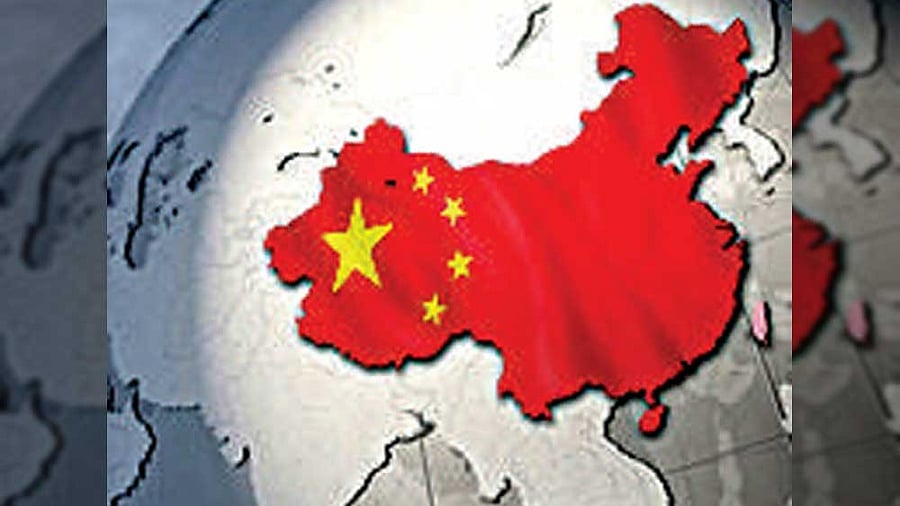
China's newly created He'an county encompasses a large part of 38000 sq. km of areas that India accuses China of illegally occupying in Aksai Chin. Representative image.
DH file photo
New Delhi: China has created two new counties, including one encompassing a large part of India’s territory that it illegally occupied in Aksai Chin.
While China has been making many moves over the past few years to buttress its claim over the territory of India, the latest one comes just 10 days after the Special Representatives of the two nations restarted the boundary negotiation, which was stalled for almost five years.
Xinhua, the state-run news agency of the communist country, reported this week that the People's Government of northwest China's Xinjiang Uygur Autonomous Region had announced the establishment of two new counties in the region – He’an County and Hekang County. “The establishment of the counties, both administered by Hotan Prefecture, has been approved by the Central Committee of the Communist Party of China and the State Council.”
Hongliu and Xeyidula townships have been declared as the “county seats” (administrative headquarters) of He'an and Hekang respectively.
The He'an county encompasses a large part of 38000 sq. km of areas India accuses China of illegally occupying in Aksai Chin.
New Delhi has taken note of the latest move initiated by Beijing on India’s land illegally occupied by China. While India has not yet officially reacted to it, sources in New Delhi told DH that such unilateral moves by China would not have any bearing on the bilateral negotiations to resolve the boundary dispute.
The Special Representatives of New Delhi and Beijing for boundary negotiations – India’s National Security Advisor Ajit Doval and Chinese Foreign Minister Wang Yi – met in the capital of the communist country on December 18. They held the 23rd round of boundary negotiations, thus restarting a process that remained stalled for five years after the Chinese People’s Liberation Army’s aggressive moves along the Line of Actual Control and the Indian Army’s counter-deployment in April-May 2020 led to a military stand-off in eastern Ladakh.
They restarted negotiations after the October 21 deal between the Indian Army and the Chinese PLA on patrolling in Depsang and Demchok marked the end of the process of mutual withdrawal of frontline troops the two sides deployed along the LAC.
The special representatives of India and China had started talks to resolve the boundary dispute in 2003. They had reached an agreement in 2005 on Political Parameters and Guiding Principles for Settlement of the Boundary Question.
Construction of new settlements along the disputed boundary, enactment of new land boundary law, publication of new maps, renaming areas China claims in India’s Arunachal Pradesh in Mandarin Chinese and Tibetan languages – Beijing over the past few years resorted to many measures to counter New Delhi’s territorial claims, including by taking advantage of the Article V and VII of the 2005 agreement.
Article V of the 2005 agreement stipulates that the two sides would take into account, inter alia, historical evidence, national sentiments, practical difficulties, reasonable concerns and sensitivities of both sides and the actual state of border areas. Article VII of the agreement adds that the two sides would safeguard the interests of the settled populations in the border areas while settling the boundary row.
New Delhi claims that China is illegally occupying about 38,000 sq. km of India’s territory in Aksai Chin, which borders eastern Ladakh. Pakistan also ceded to China about 5,180 sq. km of India’s territory in Saksgam Valley in 1963. Beijing claims 90000 sq. km of areas in Arunachal Pradesh of India as part of the territory of China and calls it Zangnan or south Tibet.
Beijing also claims a 2,000 sq. km area in the Himachal Pradesh and Uttarakhand state of India.
